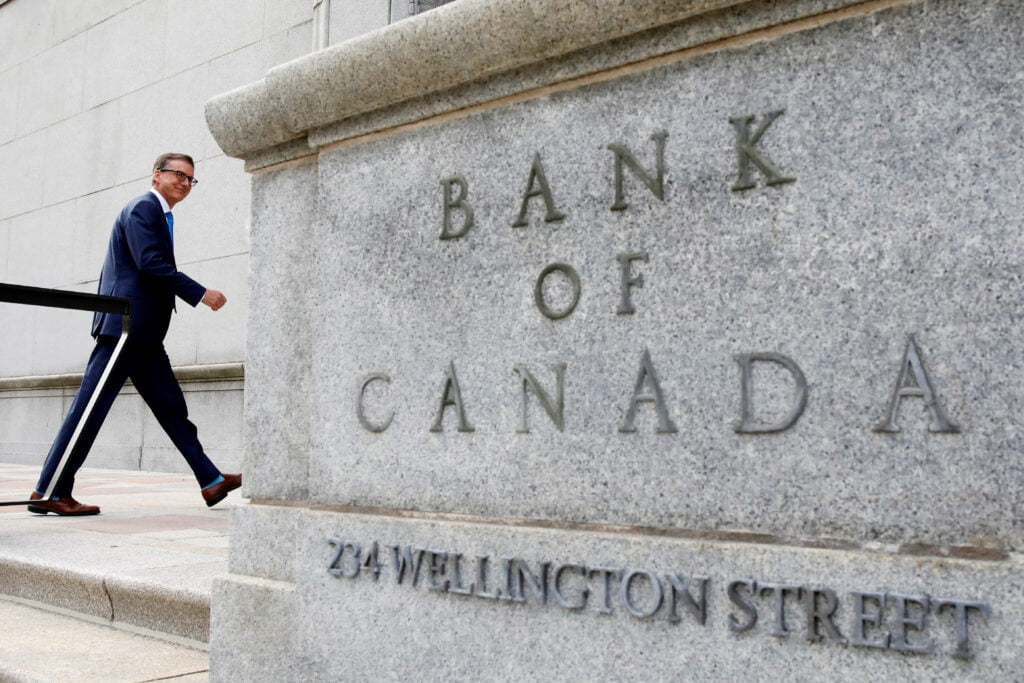On Monday, December 5th, the yield difference between the 10-year and 2-year Canadian bonds surpassed 100 basis points. A downward-sloping curve is what’s called an “inverted yield curve” on the bond market, as long-term interest rates are lower than short-term interest rates. As this situation expresses uncertainty about the current macroeconomic landscape and growth, and may imply economic fragility, a recession often follows it.

Because inverted yield curves have been a reliable signal of economic downturns that are on the horizon, investors are wondering which consequences it will have on the path that the Canadian central bank intends to take with its monetary policy in the future. This is due to the fact that inverted yield curves have been a reliable signal of economic downturns that have been on the horizon.
Keep in mind that you should pay special attention to the meetings of any central bank, as the actions of these organizations have the most significant bearing on the financial markets.
You are able to profit from the short-term market volatility caused by any central bank’s decisions regarding monetary policy by using a reliable and regulated broker such as easymarkets.com. This volatility can occur on a variety of markets, including the Forex market, the stock market, and the bond market, amongst others.
Will the Bank of Canada change its monetary policy tightening path?
Like the Federal Reserve, the Bank of England, the European Central Bank, the Reserve Bank of Australia and other central banks of developed countries, the Bank of Canada strongly increased its interest rates this year in an effort to rein in soaring inflation.
According to the most recent information, the overall Consumer Price Index (CPI) dropped to 6.9% in October 2022 after having reached a peak of slightly over 8% in June 2022.
The key interest rates in the country have increased by a total of 350 basis points so far in 2022 and a monetary policy meeting is coming on Wednesday 7th of December. But as the inverted yield curve in Canada represents the deepest inversion of the Canadian yield curve since the early 1990s, it has added to the mounting concerns regarding the possibility of a recession. Investors are closely monitoring the next Bank of Canada’s decisions about the course that it will follow for the monetary policy that it implements.
There is a chance that the Bank of Canada may indicate that it is prepared to suspend its interest rate rises or at the very least decrease them more than was anticipated. The minutes and the statement of this meeting will provide crucial hints regarding the future activities and decisions of the Bank of Canada, as well as how those actions may influence the development of the local economy and the financial markets.
How will this affect the financial markets?
The possibility of a recession is becoming an increasingly major factor, so it would be helpful for the Bank of Canada to signal that it is prepared to reduce the rate at which it is hiking interest rates pretty soon. This would provide some comfort to the markets. On the other hand, if the interest rates of other countries are higher, it might be detrimental to the value of the Canadian dollar.







Leave a Comment
You must be logged in to post a comment.